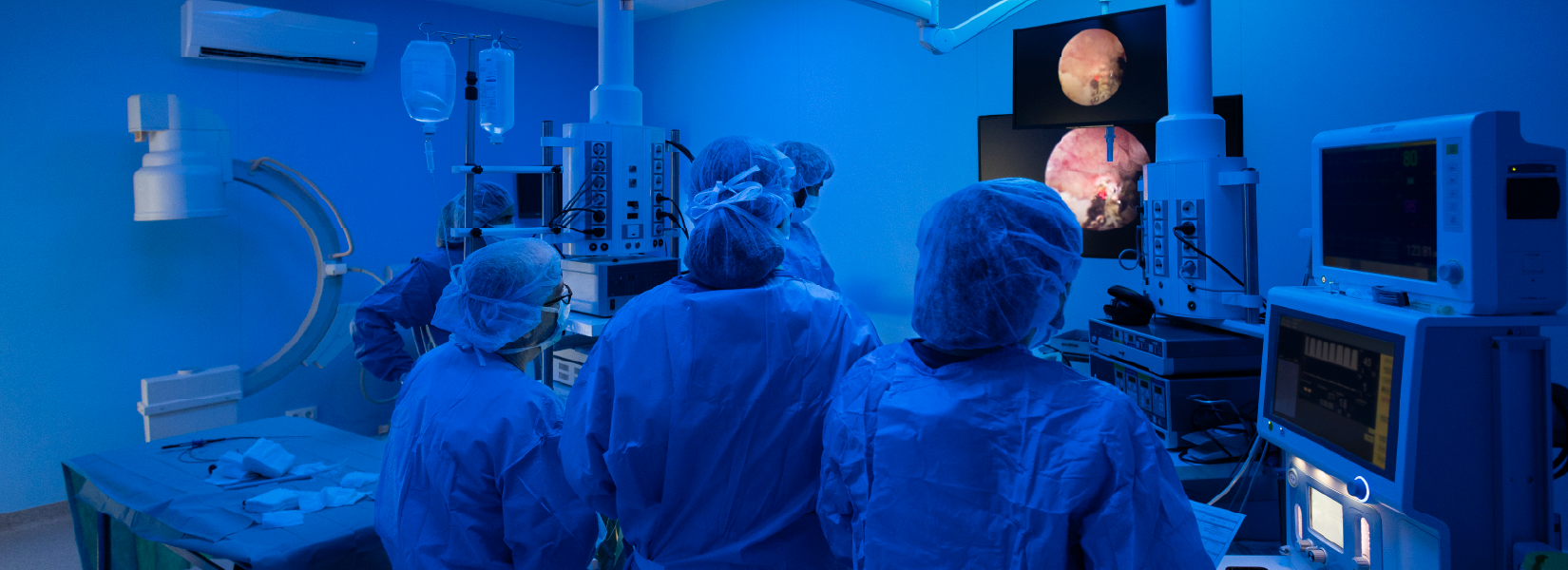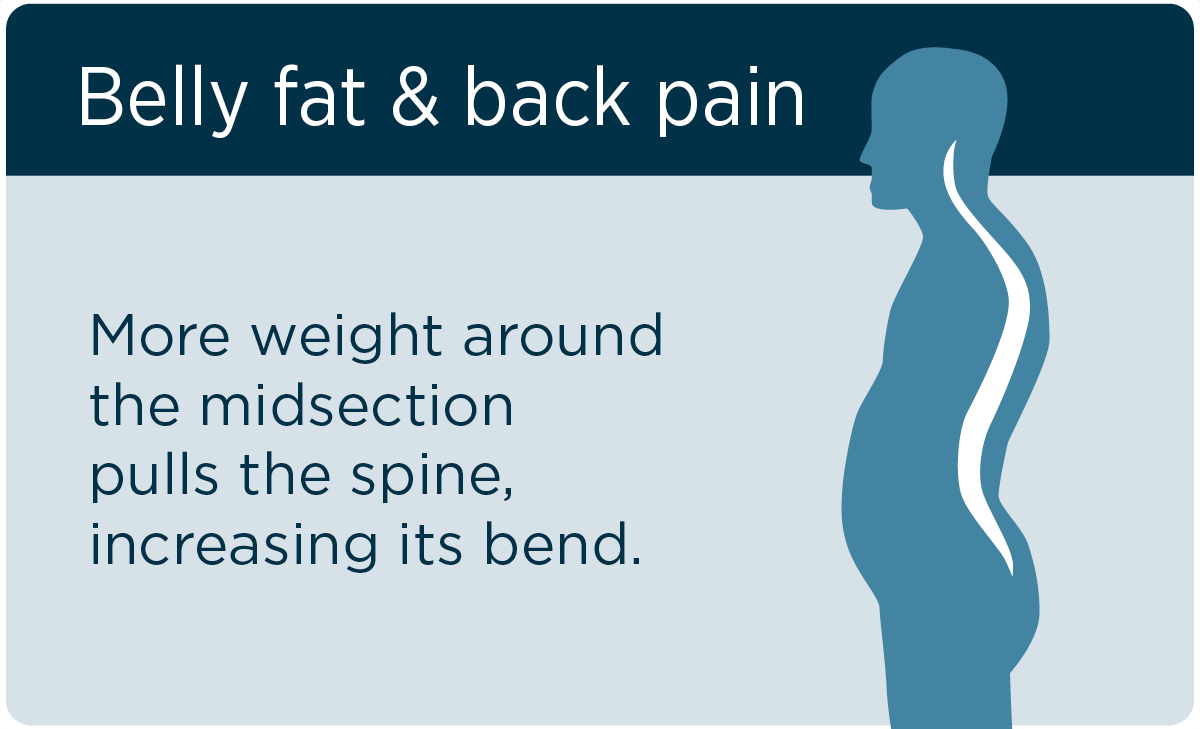
A biopsy is an important medical test your doctor may request you complete after finding an area of concern on a physical exam or radiology scan such as a CT scan or X-ray.
A biopsy procedure involves taking a small piece of tissue from the area of concern using a needle. The tissue is then sent for testing. Your doctor will use the information from your biopsy to diagnose your condition, develop a course of treatment or learn more about your condition.
Since your biopsy can help determine your diagnosis, the procedure and time spent waiting is often very stressful. Nicole Curtis, radiology nurse with Marshfield Clinic Health System, recommends bringing family members with you to your biopsy appointment.
“Although the patient’s support person won’t be in the scanner during the procedure, they can be present before and after,” Curtis said. “We work together as a team with the patient and their support person during this stressful time.”
Your biopsy care team will work with you and your family to answer any questions that you have about the procedure.
Does a biopsy hurt?
A biopsy typically causes minimal pain. Before the needle is inserted, the area is numbed.
“You may feel pressure because your skin is numbed prior to the biopsy,” said Michael Boss, ultrasonographer with Marshfield Clinic Health System.
If you do feel pain, you should tell a member of your care team right away.
If you are afraid of needles, your care team can help you through the procedure. They may recommend certain coping mechanisms to help with your fear.
“By talking through these procedures with patients, it can really help with anxiety,” Curtis said. “We get to know our patients and try to make sure we are treating the person as a whole and not as a disease or diagnosis.”
Setting up for your biopsy
For your biopsy, it is recommended that you wear comfortable clothes.
When you come into the biopsy area, your care team may need to start an IV. This will allow them to administer medications or complete certain procedures during the biopsy.
You will typically be awake during your biopsy because you may be asked to move or perform certain tasks. Your care team will use either a CT scan or ultrasound to navigate the needle to the area of concern.
CT scan biopsy
A CT scan is like an X-ray that can scan your entire body. When the area that needs a biopsy is deep within the body or the lesion is too close to bone or lungs, a CT scan is used to see these areas better.
For each scan, you will be placed on a bed that moves in and out of the CT scanner. First, your care team will scan the concerning area to see where they should place the needle. Once determined, your care team will clean and numb the area.
The radiologist will then introduce the needle into your body. You will be scanned several times as the needle is adjusted to make sure it is in the right location.
Once the needle has reached the lesion, your radiologist will collect the sample. From the time you check in to the time you leave, this procedure typically takes about 2-4 hours.
Ultrasound biopsy
An ultrasound can be used to guide the needle when doing biopsies that are close to the skin. Your care team will watch a real time image to navigate the needle to the right area.
For an ultrasound biopsy, your care team will use many needles to collect samples from different parts of the lesion.
From the time you check in to the time you leave, these procedures typically take about one hour with recovery lasting an additional 1-6 hours depending on the location of the biopsy.
Finishing up
Once the cells from the lesion have been collected, they will be taken immediately to a lab to be analyzed.
Your nurse will then apply pressure to the area and monitor you to make sure no complications arise.
“Post procedure bleeding is always a concern,” said Curtis. “We will need to apply pressure to minimize bleeding.”
You may receive an X-ray to make sure there is no internal bleeding or other complications.
The doctor that ordered the biopsy will provide the results within a few days. You should talk to your doctor for more information about biopsies.






Leave a Reply